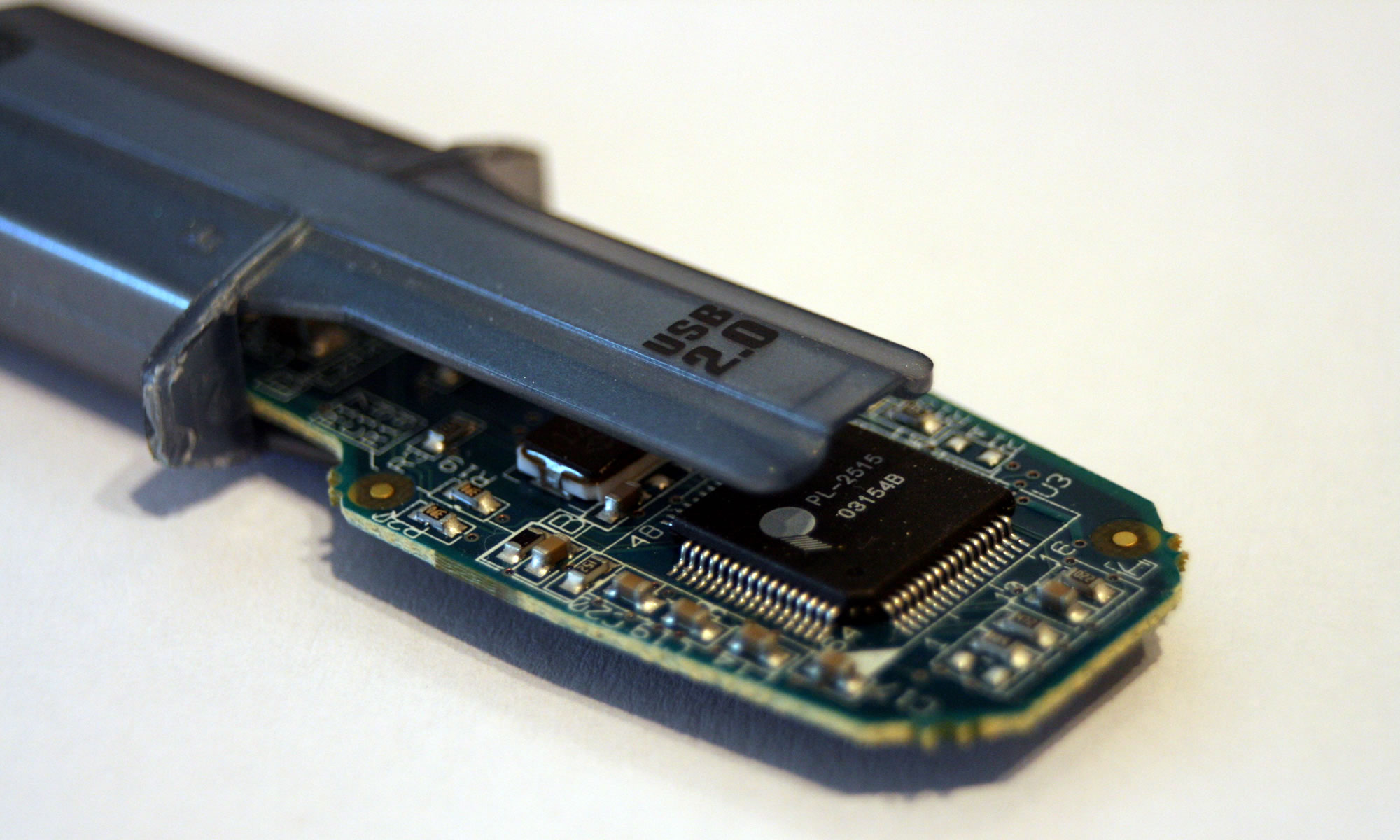So I was quite sad that my Polaroid Pogo printer finally died in May 2020 and no longer worked, despite some best efforts to fix it.
However at Christmas I got a replacement, the Polaroid Zip.

I had bought my Pogo printer way back in 2009. This was a battery powered zero ink (Zink) printer which did 2” x 3” prints (which were also stickers). You generally sent the images to the printer by Bluetooth, but you could connect an USB stick or camera to the printer as well.
I had bought one after getting feedback from friends on the Twitter.
It cost me £50, though within a few months it had fallen in price to just £17.
I did use it for a while, but there were some core reasons why it never really clicked for me, partly the size of the prints, just 2” x 3” which was too small for most things. Couldn’t really see a practical use for such small prints, even if they were stickers. The other main reason was that the quality of the prints was quite poor in comparison to the HP photo printer I had at the time. So like many other devices after the novelty had rubbed off and the curiosity value had waned, it went into the cupboard.
When I started a new role in 2015, I dusted off the Pogo and started to use it much more.
Dusting off the Pogo
…after making notes in a my new work notebook (trying out visual note taking for project planning) that I realised I actually wanted to include a diagram in my notes. I could have attempted to draw the diagram, but I am not that good at drawing clear diagrams. Also in this case I wanted the actual diagram, not a drawn representation of the diagram. I then remembered the Pogo printer and I wondered…
I had to connect it to the power adapter and remember that the easiest way to do this was to send it the image file over Bluetooth. I was actually quite surprised and impressed that it worked.
I used it for another five years before it finally died on me.
I did think about buying a replacement there and then but in the end it was put off as I had other things to do and spend money on.
So I was well pleased this Christmas to get a replacement, the Polaroid Zip.
Polaroid Instant Print for the Digital Age
For the first time ever, you can now enjoy all the power and fun of Polaroid instant print cameras without the need for the actual camera. This brand new standalone mobile printer is designed to print vibrant, colorful photos from a variety of sources. It features its own rechargeable polymer battery. After just 1.5 hours of charging time, it is ready to print 25 sheets before needing another charge.
ZINK Zero Ink Paper: No Ink. No Hassles.
Forget messy ink cartridges and ribbons. This mobile printer prints your photos onto ZINK photo paper, which, when subjected to heat from the printer, activates unique color-forming molecules embedded in the paper’s layers. The resulting prints measure 2×3”, feature deep, vibrant colors, are completely smudge-proof, and sport a peel-back sticky paper for even more fun.
iOS & Android. Bluetooth & NFC. And more.
Sending your photos to the mobile printer is super easy. Simply connect your iOS or Android smartphones, tablets and other devices over Bluetooth or NFC, and print wirelessly from anywhere within range.
The Zip has a huge advantage over the Pogo in that I can print (using an App) direct from my phone. With the Pogo I was only able to print by sending files to the Pogo from the laptop via Bluetooth. You couldn’t send photos from the iPhone to the Pogo via Bluetooth (and the Zip App didn’t work with the Pogo).
The Zip App works well on iOS and I can see a fair few use cases as I photograph stuff to then print and stick into my notebook.
On my Mac I send images to the printer via Bluetooth, which is quite seamless.
One challenge is the size, 2×3” is small, and many years ago I did have a small HP printer that did 4×6” prints, but alas the printhead on that died! I think something similar may be on my Christmas list for next year.
Buy the Polaroid Zip at Amazon.












